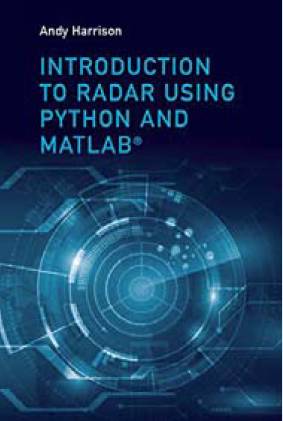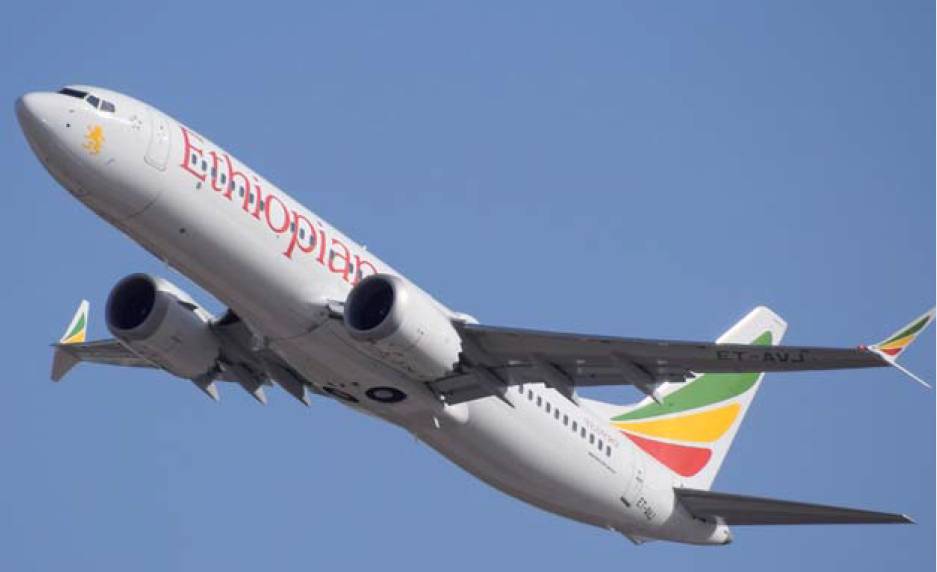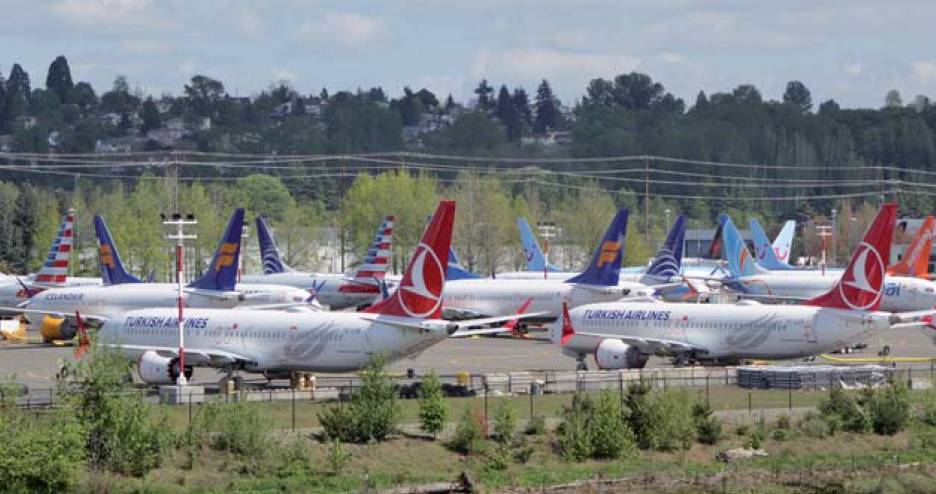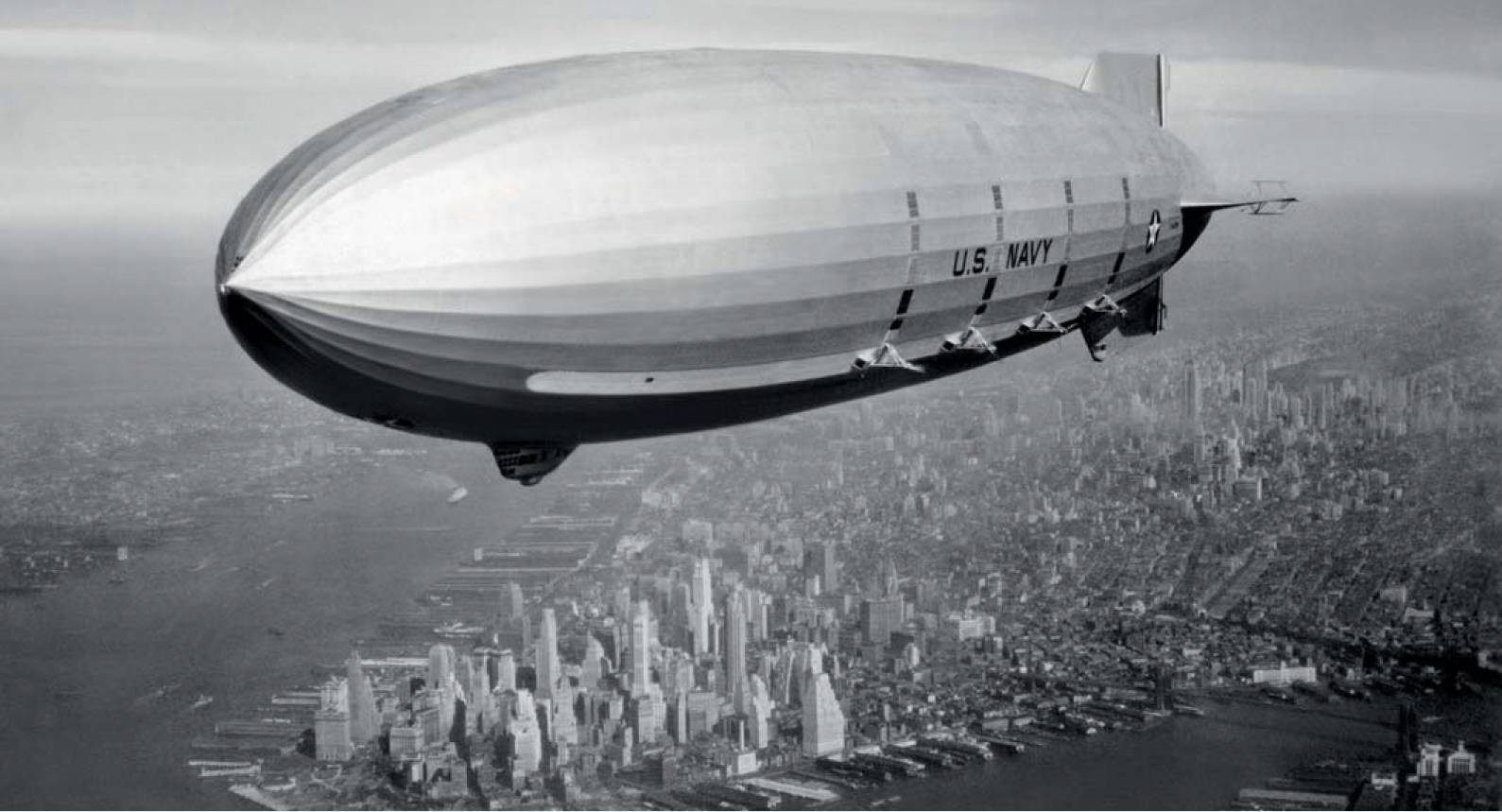Book Reviews
Artech House, 2019, 470pp.
The subject of an introduction to radar is far from a novel topic and, indeed, there already exists a plethora of such publications. Therefore, any new publication on this subject requires either to be a significant updating of earlier work or one which takes a different/novel and relevant approach. Additionally, the question needs to be asked: towards what readership is such a book targeted?
 Bell Aerosystems Jet Belt. Williams International
Bell Aerosystems Jet Belt. Williams International
In reading and considering Harrison’s book, one should bear in mind earlier well-respected and extensively used reference text books, such as Merrill Skolnik’s Radar Handbook and David Barton’s Modern Radar System Analysis. Either of these classic texts, and indeed many others, can effectively be employed in achieving a good overall introduction to radar.
Harrison’s recently published book does not equate directly to either Barton’s or Skolnik’s books but does introduce and include, as a fundamental component, a mechanism to analyse, model and predict radar performance through the specific and applied use of Python and MATLAB software programs.
Since each chapter of the book, for example the Radar Range Equation chapter, concludes with worked examples (set problems and solutions) employing Python and/or MATLAB, it is perhaps relevant briefly to summarise these two programming languages:
MATLAB or ‘matrix laboratory’ is a programming language and numeric computing environment developed by MathWorks particularly for engineering, science and economics users. It allows matrix manipulations, plotting of functions and data, implementation of algorithms, creation of user interfaces etc.
Python is an interpreted, high-level and general-purpose programming language created around 1990, since when it has been extensively revised. It is designed to assist programmers in writing clear, logical code for small and large-scale projects and object-oriented and functional programming. Python interpreters exist for many operating systems and a global community of programmers develops and maintains CPython, a free and open-source reference implementation. Python apparently ranks third in the most popular programming languages, behind C and Java.
The structure and organisation of the book is largely as one might anticipate for an introduction to radar – a very broad subject – and inevitably the field is far from completely and in all cases comprehensively covered by Harrison. The fundamental basis of and for radar is usefully treated with a chapter on electromagnetic fields and waves, including real-world factors, such as tropospheric refraction, wave theory, diffraction and attenuation.
In addition, chapters summarising the radar equation itself (fairly briefly), antenna fundamentals and types, and receivers are included, but transmitters are not covered. The author continues by considering target detection theory, including CFAR (constant false alarm processing), target fluctuations and integration in reasonable detail. Radar cross-section benefits from a reasonably thorough treatment and I would rate this as one of the strengths of the book. Perhaps curiously, a complete chapter is devoted to pulse compression and this has a particularly extensive and interesting set of Python/MATLAB worked examples.
Target tracking is covered quite fully and reasonably for a radar introduction text and, again, presents an extensive series of filter-based Python/MATLAB examples with solutions. As with the other chapters, it is concluded with a number of problems for the student to solve. However, the book makes only an extremely brief mention of target/clutter discrimination processing, eg MTI (moving target indication/Doppler processing) and this is included in the final chapter on countermeasures. The penultimate chapter covers aspects of tomographic synthetic aperture radar.
However, there is no coverage of radar aspects and issues relating to application in a moving platform, such as airborne surveillance or space-based radar. For the reader seeking to achieve a more comprehensive coverage of radar, Doppler processing, target recognition etc, it would be necessary to complement Harrison’s book with other available works.
If I have one significant criticism it is that the book contains not even the briefest treatment of radar clutter which, even in a text for an introduction to the subject, is a major and fundamental omission. It would possibly have been justifiable to omit the chapter on countermeasures and devote the treatment to clutter.
Harrison does make mention of the important and fundamental early work of Woodward in probability and information theory in radar and also Swerling’s work on fluctuating target detection, both of which I suggest have strong theoretical science foundations, in addition to the scientific and mathematical approaches employed in radar clutter analysis and modelling.
In summary, it is a well-constructed and concisely written book, incorporating a balanced combination of textual explanations and well-presented mathematical descriptions, which serves both as an introduction to many important aspects of radar but also as an extensive exercise in the usage and application of both the MATLAB and Python programming applications. It is eminently readable and understandable. I assess that it is probably most relevant to post graduate student scientists and engineers requiring a moderately detailed understanding of aspects of radar with a view to practical applications.
Dr Chris Pell
CEng FRAeS
By Peter Robison
Penguin Business, 2021, 327pp. £20 hardback, £9.99 Kindle.
 Ethiopian Airlines 737 MAX 8, ET-AVJ, the aircraft involved in the ET302 crash. LLBG Spotter.
Ethiopian Airlines 737 MAX 8, ET-AVJ, the aircraft involved in the ET302 crash. LLBG Spotter. This is a shameful book. It should never have been written. Correction: it should never have had to have been written. Robison has produced a very fine and illuminating book. It has the momentum and page-turning grip of Michael Crichton’s Airframe or Neville Shute’s No Highway. The brutal difference is that Crichton and Shute wrote fiction, while 346 people died as a result of the corporate negligence and regulatory failure underpinning the two Boeing 737 MAX 8 crashes.
 Undelivered Boeing 737 MAX aircraft that were grounded by aviation agencies, seen in the parking lot at Boeing Field in Seattle, Washington. SounderBruce.
Undelivered Boeing 737 MAX aircraft that were grounded by aviation agencies, seen in the parking lot at Boeing Field in Seattle, Washington. SounderBruce.
